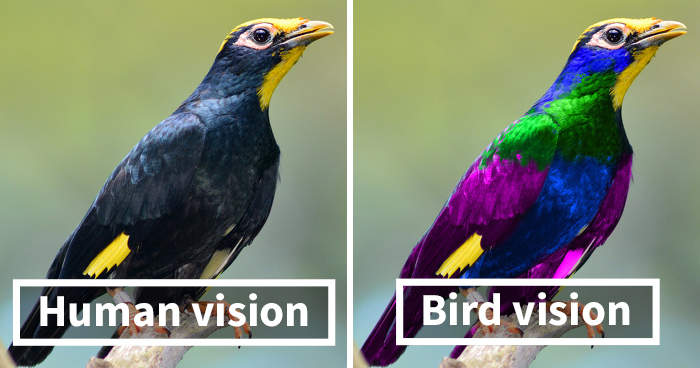For many years, people were in the dark about how other animals see. Thankfully, recent scientific research has revealed an amazing world of animal vision diversity. For example, a dragonfly’s brain works so fast that it sees movements in slow motion, snakes pick up infrared heat signals from warm objects, thus detecting their prey, whereas horses and zebras have eyes pointed sideways, enabling them to have peripheral vision and escape danger when necessary. In addition to this, insects use compound eyes that are made of thousands of tiny lenses that look like a honeycomb pattern. Therefore, it comes as no surprise that animals are diverse in their vision and eye function, but one species in the animal kingdom stands out the most – birds.
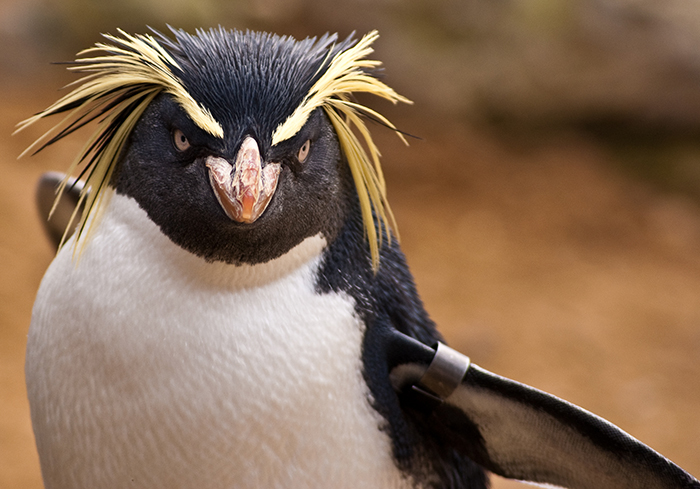
Image credits: Ian Glover
Birds are bizarre creatures when you really look into them. For example, did you know that penguins can only recognize salty and sour tastes? Or that Palila birds, native to Hawaii, feed on the seeds of the māmane plant, which contain a level of toxins that would easily kill any other small animal? Or that pigeons are thought to have a superior vision at color detection compared to any animal on Earth and are often used in search and rescue missions? Various avians have different superpowers and different ways of working their sensations, but one thing is true for most birds – their superior (in comparison to humans) vision.
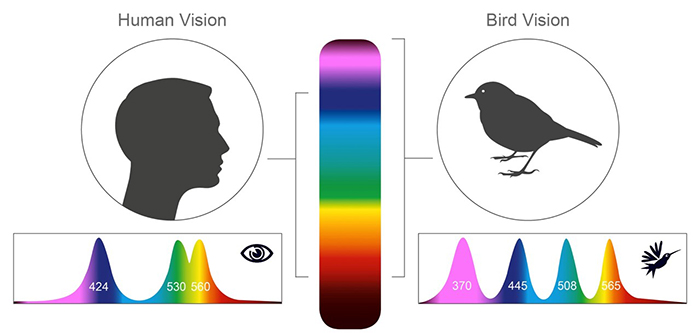
Image credits: Klaus Schmitt
The graphic compares the human spectral field of vision to the bird’s. As birds are tetrachromats, they see four colors: UV, blue, green, and red, whereas we are trichromats and can only see three colors: blue, green, red. Bear in mind, that the magenta UV “color” shown here has been chosen to make it visible for us humans, it is a “false color”, as per definition UV light has no color.
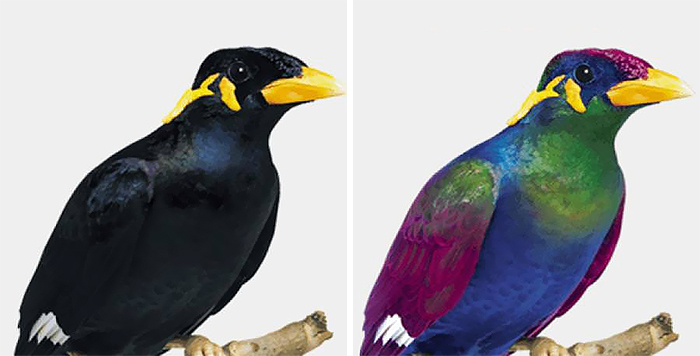
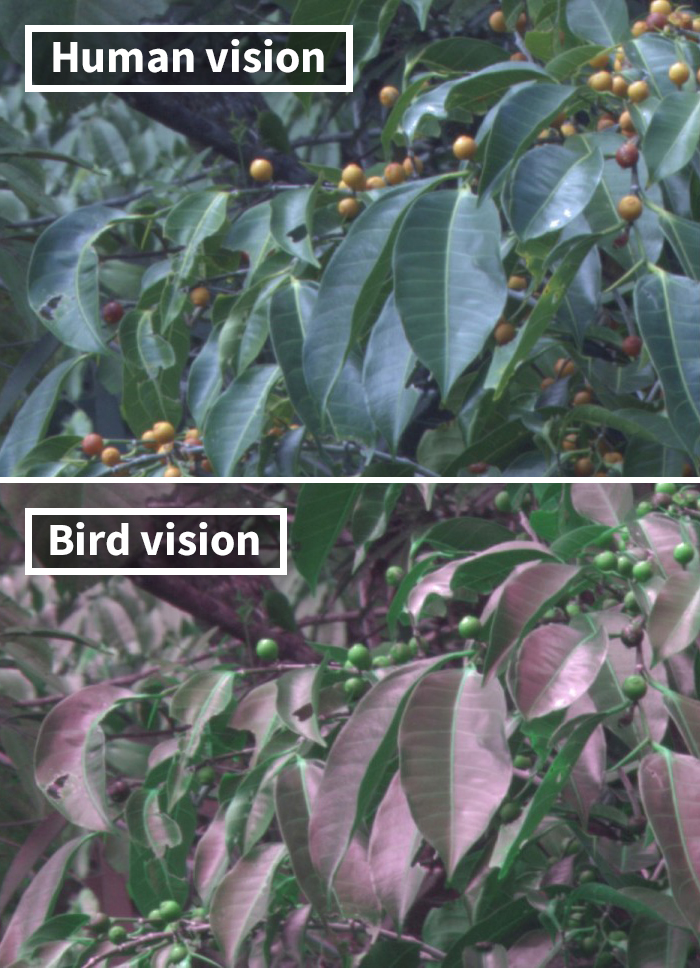
Image credits: Cynthia Tedore
Joe Smith, an ornithologist, explains that birds have the amazing ability to see a whole spectrum of colors that are invisible to us, people. Back in 2007, scientists, with the help of a spectrophotometer, analyzed the colors of 166 North American songbird species which did not have an apparent physical difference between the sexes. From a human’s perspective, in 92 percent of species, both males and females look identical. However, the study showed that these birds have colors that are simply undetectable by our eye that they differentiate their genders by.
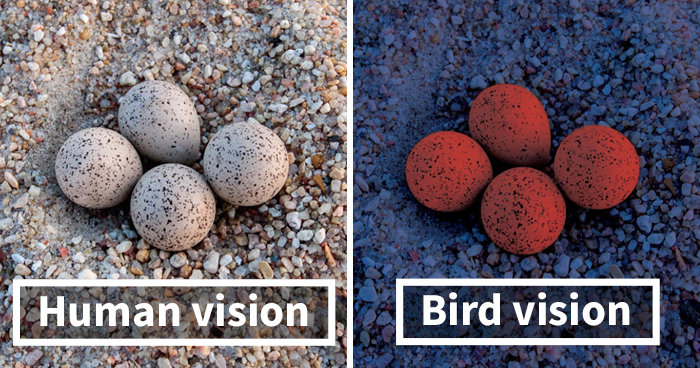
Image credits: Joel Sartore
So for example, the male Yellow-breasted Chat has a yellow breast (pretty obvious), but a bird’s eye view also reveals ultraviolet feathers on his chest that set him apart from the females of the species. The theory was again proven in another study in which scientists placed taxidermied male and female Chats in the wild to see how their living counterparts would react. Males stayed true to their territorial nature and attacked the stuffed male Chats and tried winning over the taxidermied females. Thus, they obviously were seeing something that the researchers couldn’t.
